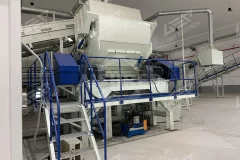
The Role of Fine Shredders in Secondary Processing of Municipal Solid Waste (MSW)Municipal Solid Waste (MSW) management is a pressing global challenge, and effective waste processing technologies are essential for sustainable waste disposal. In recent years, fine shredders have emerged as valuable assets in the secondary processing of MSW. This article explores the significance of fine shredders in enhancing MSW processing efficiency and promoting resource recovery. Fine Shredders in MSW Processing: Size Reduction for Enhanced Sorting:Fine shredders play a crucial role in reducing the size of MSW materials, making them more manageable for subsequent sorting processes. By breaking down bulky items into smaller particles, these shredders facilitate the extraction of valuable recyclables and organic materials. Increased Surface Area for Biological Treatment:The fine shredding process increases the surface area of organic waste, promoting more effective biological treatment. This is particularly beneficial for
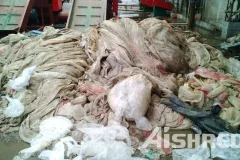
Agricultural film, also known as thin film plastic, including plastic film, is mainly used to cover farmland, improving soil temperature, maintaining soil moisture, promoting seed germination and rapid seedling growth, and inhibiting weed growth. The main component of agricultural film is non degradable polyethylene, so waste agricultural film can cause certain pollution to soil and water sources, and its recycling is very necessary. The methods for recycling waste agricultural film include:Compression landfill: Waste agricultural film is compressed and sent to a landfill site, which is commonly used but not advocated.Thermal energy utilization: During the incineration process of discarded agricultural film, a large amount of thermal energy is released for heating or power generation, which poses a certain environmental pollution risk.Artistic creation: Create artwork or daily necessities through creative design.Recycling: Agricultural film is processed into recycled plastic particles through drying,
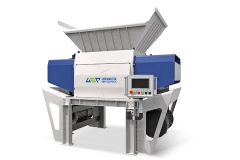
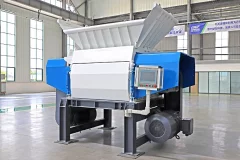
Double-Rotor Shredder
2022-03-03The double rotor fine shredder can shred materials to smaller sizes more efficiently and quickly with a uniform discharge and controlled size, making it ideal for processing a wide range of flexible and low to medium hardness materials, especially for shredding plastics, leather fabrics, metal packaging, electronic waste, waste paper, wood scrap etc. It can also be used for material recycling, alternative fuel production and other fine shredding applications.
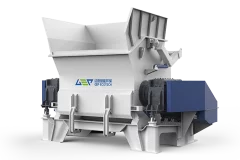
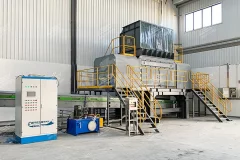
Single-Shaft Shredder
2022-03-03Single-shaft shredders are engineered for fine shredding to meet the materials size and consistency requirements of subsequent processes such as sorting, composting, anaerobic digestion, incineration, or pelletization. During operation, the rotors typically rotate at speeds ranging from 80 to 120 RPM, driving the cutting blades to finely shred the material. Single-shaft shredders are typically equipped with a classifier screen that allows to define the output size.Single-shaft shredders have low tolerance for hard materials. When processing mixed materials, it is recommended to incorporate equipment such as trommel screens, magnetic separators, and eddy current separators into the production line to reduce the risk of hard foreign objects damaging the cutting blades.GEP ECOTECH single-shaft shredders comprise two series with over 20 different models, designed to meet disposal requirements for various scales and materials. They have a production capacity ranging from a minimum of 0.5 tons per hour to a



